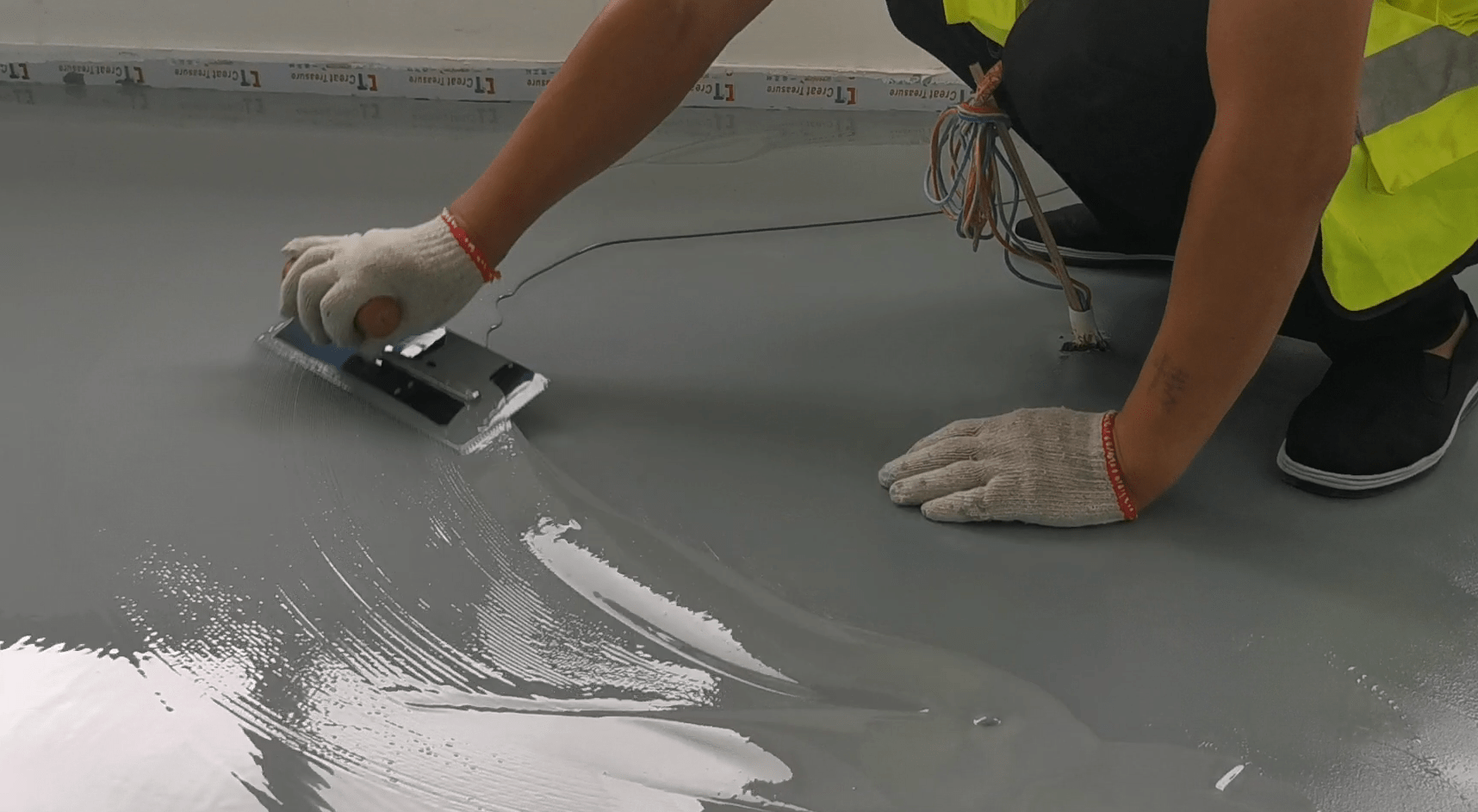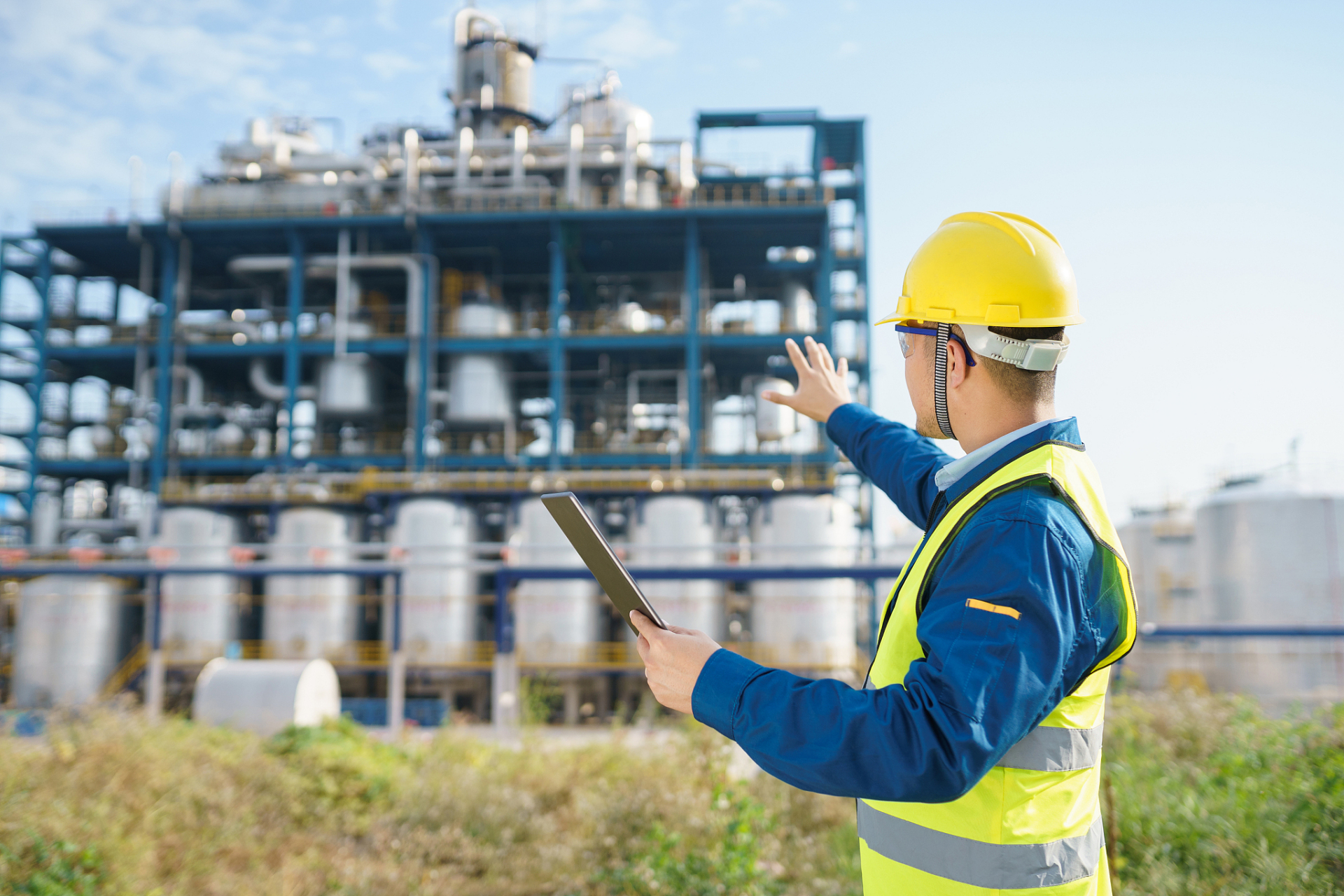Polyurea coatings have changed protective surfacing with their quick curing and durability. But, getting the best results needs careful attention to application details. Here’s what you need to know.
Polyurea coatings are strong, but their success depends on how well they are applied. From surface prep to safety, each step matters. Let’s break it down.
Successful polyurea application starts with understanding the material and following best practices. Here’s a detailed look at what you need to focus on.
Why Is Surface Preparation Critical for Polyurea Coatings?
Surface prep is the foundation of a good polyurea application. Skipping this step can lead to failure.
For polyurea to stick, surfaces must be clean and dry. This means removing oil, dirt, and moisture. Proper prep ensures the coating bonds well and lasts long.

The Basics of Surface Prep
Here’s what you need to do for different surfaces:
| Surface Type | Preparation Method | Key Details |
|---|---|---|
| Concrete | Shot-blasting | Achieve CSP 3-5 profile |
| Steel | Abrasive blasting | Reach Sa 2.5 standard |
| General | Degreasing | Remove oil and contaminants |
Always check moisture levels. For concrete, it should be below 4%. Edge grinding and radius formation are also important for seamless transitions.
How Do Environmental Conditions Affect Polyurea Application?
Environmental factors can make or break your polyurea project. Temperature and humidity need careful monitoring.
Ideal conditions are between 15-35°C with humidity below 85%. Always check the substrate temperature and avoid direct sunlight on fresh coatings.
Managing the Environment
Here are some tips for different conditions:
- Humid Environments: Use dehumidifiers and ensure good ventilation.
- Outdoor Projects: Watch the weather forecast. Avoid rain within 4 hours of application.
- Material Temperature: Keep it between 60-70°C using heated equipment.
Proper environmental control prevents issues like moisture entrapment and stress cracking.
What Are the Best Practices for Material Handling?
Polyurea materials need precise handling to ensure proper curing and performance.
Always mix the two components in the correct ratio. Preheat materials and keep them at the right temperature. Never use solvents to extend the pot life.

Key Material Handling Tips
Here’s a quick guide:
| Parameter | Details |
|---|---|
| Mixing Ratio | 1:1 volume |
| Material Temperature | 60-70°C |
| Filtration | 100-mesh screens |
Test sprays are essential to check the mix and spray pattern. Improper mixing can lead to soft or brittle coatings.
How Can You Master Application Techniques?
Applying polyurea is both an art and a science. Proper technique ensures even coverage and adhesion.
Keep the spray gun at the right distance and use overlapping passes. For vertical surfaces, use the "up-and-over" technique to prevent sagging.
Application Tips
Here’s what to focus on:
- Distance: Maintain 18-24 inches from the surface.
- Thickness: Adjust gun speed for 500-1000μm per pass.
- Complex Areas: Use special techniques for corners and penetrations.
Multiple thin layers work better than one heavy coat. Allow proper drying time between coats.
What Quality Control Measures Are Essential?
Quality control ensures the coating meets standards and performs well.
Check thickness during and after application. Use holiday detection for critical areas. Document all details for future reference.

Quality Control Steps
Follow these steps:
- Pre-Application: Check surface profile and cleanliness.
- During Application: Measure wet film thickness every 20m².
- Post-Cure: Verify dry film thickness and adhesion.
Proper quality control reduces issues and ensures long-lasting performance.
How Important Are Safety Protocols?
Safety is non-negotiable when working with polyurea. Proper gear and precautions are a must.
Use full PPE, including air-supplied respirators and chemical-resistant suits. Set up exclusion zones and ensure good ventilation.

Safety Checklist
Here’s what you need:
- PPE: Respirators, suits, gloves, and eye protection.
- Ventilation: Minimum 15 CFM per operator.
- Emergency Stations: Eyewash and showers within 10 seconds.
Always follow safety guidelines to protect yourself and others.
Conclusion
Polyurea coatings offer exceptional performance, but success depends on careful application. From surface prep to safety, every step matters. Follow these guidelines to achieve durable, long-lasting results.







